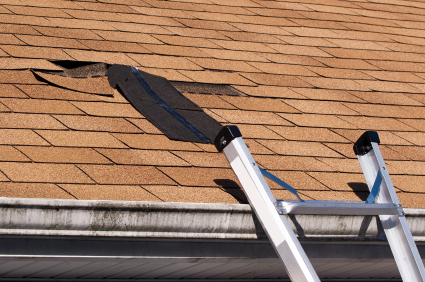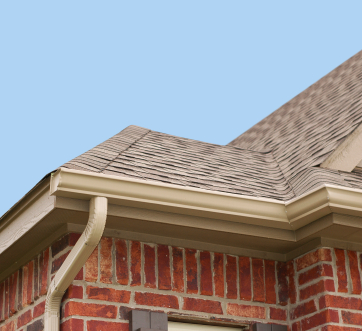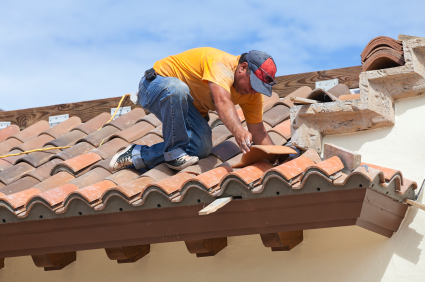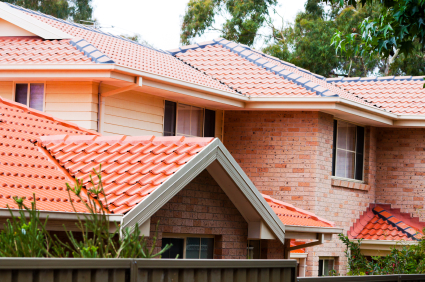A roof protects your home. It is also built to protect you and your family from outside elements, such as wind, rain, and hail. However, some homeowners do not pay attention to their home’s roofs. Paying close attention to your roof will help you spot and prevent roof damage that might lead to expensive repairs in the future. Fortunately, it is easy to spot if roof damage needs attention.
Here is how to spot if roof damage needs attention:
Sagging and Water Stains
If your roof is leaking, some sections of your ceiling become discolored and start dipping. You will also see water stains on the walls. To prevent water damage, locate the source of the leak, and fix the leak. Additionally, signs of sagging mean the deck joist is losing its strength. If you notice sagging and water stains, your roof needs attention.
Granules in Eaves Trough
Some people ignore granules in eaves trough because it seems very normal and common. However, this is a serious concern, especially if you see granules of asphalt flow down with water. However, this only happens if you have asphalt shingles roof. As shingles age, they shed their granules, compromising the roof’s protection.
Missing or Damaged Shingles
Some people have installed asphalt shingled roofs. Many people install this type of roofing material because it is cheap, matches any home style, and comes in a variety of colors. Unfortunately, strong wind and hailstorms can blow off or damage asphalt shingles. If you notice missing or damaged shingles, you need urgent roof repair.
Algae Growth
Exposing moisture to the sun leads to algae growth. To stop algae growth, make sure your roof drains extra water off the roof. If your roof retains moisture, you will see a small pond on the roof. This can lead to water leaks. A leaking roof causes moisture to build up around the areas, where the water stands. This gives algae enough nutrients to grow.
Leaking Roof
Damage shingles, clogged eaves trough, and missing nails and fasteners are some of the things that can cause leaks on the roof. However, some people ignore small leaks in their roofs. Do not ignore them because they can lead to big problems. If your roof is leaking, it might mean you have waited for a long time to fix the problem.
Clogged Drains
Water should flow freely on the roof. However, dirt built up, tree pollen, and leaves can clog the drains. Clogged drains can cause major damages to the roof, especially during strong winds, heavy rain, and snow. Regular roof maintenance will help you remove the debris that clogs your drains, which helps prevent roof damage.
Mildew and Mildew
Mold and mildew are two big threats to any home. Mold is especially dangerous to the health of the people living in your home. As the mold spreads, it weakens the roof from the inside of your home. This slowly damages your roof because mold prospers in these conditions.
You now know how to spot if roof damage needs attention. Do not repair your roof if you do not have the necessary skills, experience, and tools. Hire a good roofing contractor to inspect your roof and do the necessary roof repairs.
Tags: energy efficiency, home improvement, metal roofing, repair, roof replacement, roofing, roofing materials, shingles






